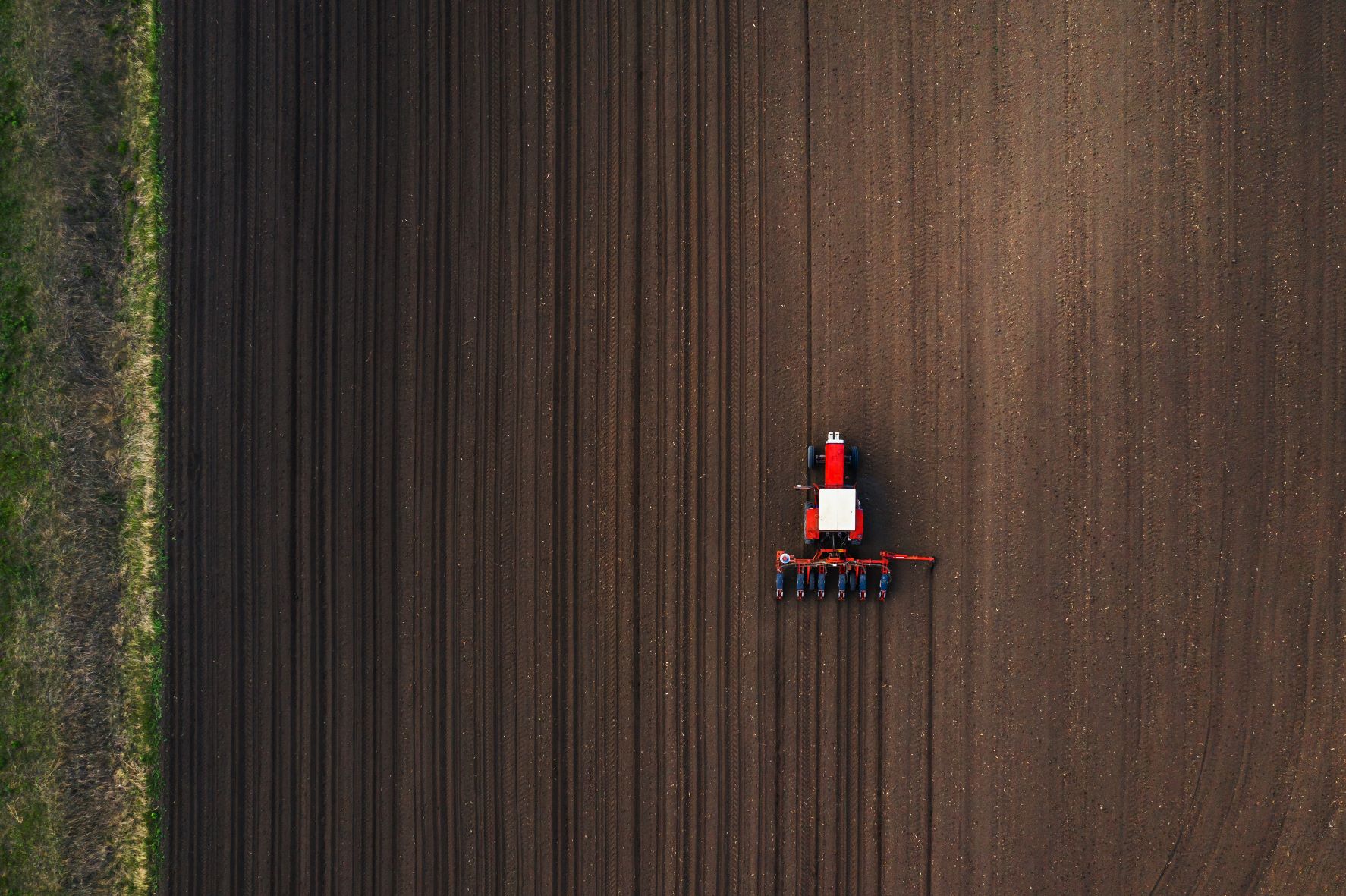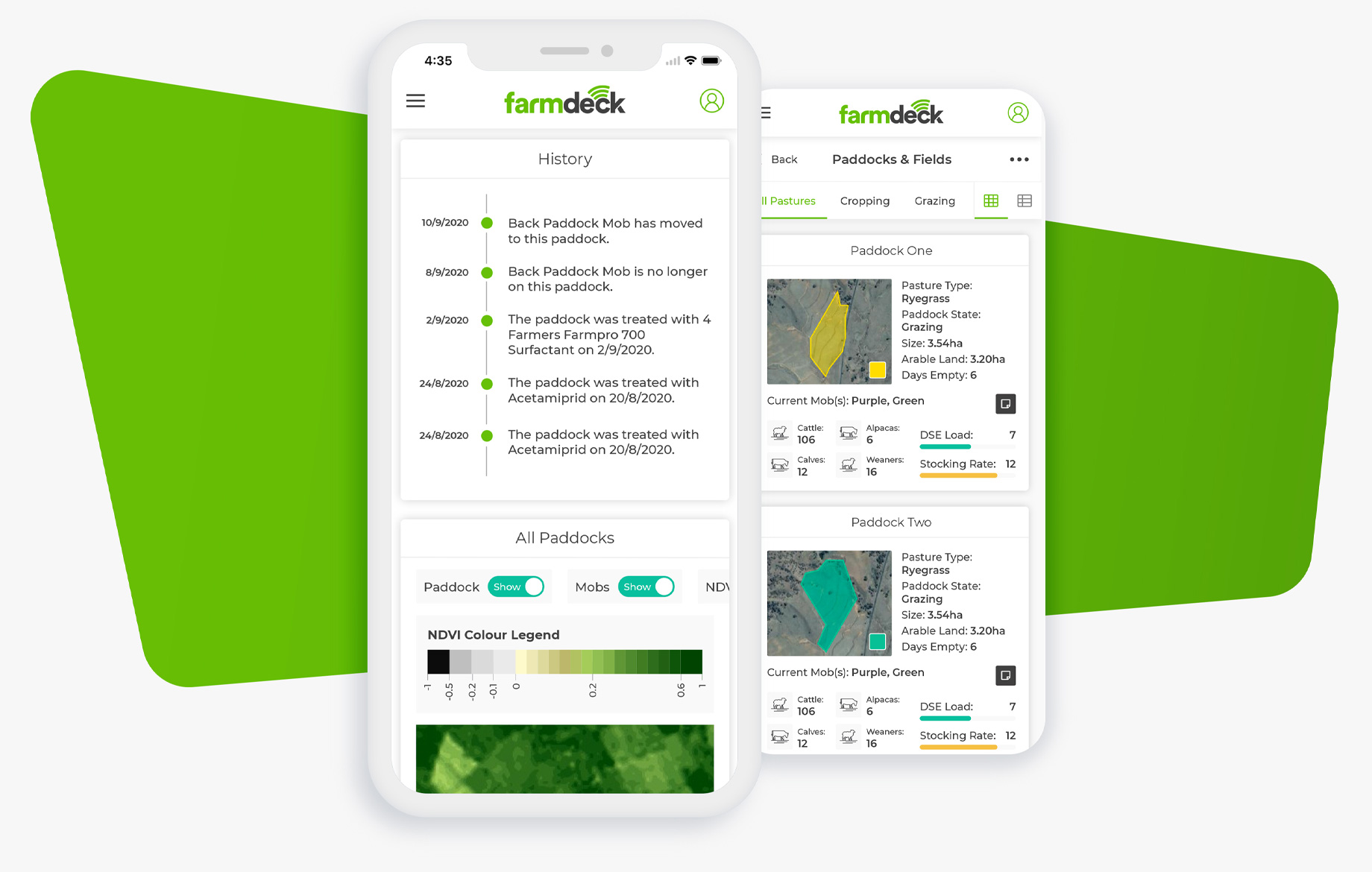Create healthier, more fertile soil through agtech adoption and smart farming practices
Ensuring soil remains healthy is one of the most fundamental requirements for any farm. Overworked land can reduce the nutrient content found in soil, leaving it depleted. This means crop quality will be adversely affected.
This is why it is so vital to understand how farm management practices affect land health and to create practices that promote healthy, vibrant soil. Agriculture Victoria points out that farm management practices have a huge impact not only on land soil, but on just how much carbon is stored in soil. Having soil which can adequately store carbon has been linked to increased soil quality and productivity in terms of organisms and nutrients, including giving the soil the ability to retain water at a higher capacity and improving its fertility.
Healthy soil cultivates an environment where high quality crops grow and thrive. Its has the ability to store and provide water and nutrients to help plant growth, as well as containing a high biological activity which produces good soil structure. Provide your soil with what it needs to thrive and give life to your crops each season.
The benefits of carbon in soil
Carbon can be successfully added and stored in agricultural soil. In Australia, farmers who make a conscious effort to store carbon in soil can earn credits as they help to reduce the percentage of greenhouse gases in the atmosphere.
Soil carbon dynamics
The Australian Clean Energy Regulator, points out that storing carbon in agriculture soil has multiple benefits for both agricultural productivity and profitability:
- Diversified revenue – carbon credits provide another income stream for property
- Farm benefits – improved soil health, enhanced water retention and drought resilience, and better crop and pasture yields
- Ecosystem health – helps regenerate degraded land and unlock it for more productive use
- Understand soil – manage your land more efficiently using your soil’s nutrient data

By 2050, more than “17 million tons of carbon dioxide equivalent could be sequestered in soil carbon projects, generating $400 million in additional revenue for landholders, if farmers implement more carbon storing activities on their farms, such as changing livestock rotations, or reducing the crop stubble burning.”
Clean Energy Regulator executive GM, Shayleen Thompson explains that “if farmers are able to come into the scheme and build soil carbon, then they’ll be getting a new revenue stream, improving the productivity of their operations, and they’ll be making their land more resilient to things like drought.
Read more about carbon farming practices and the Emissions Reduction Fund here.
Soil hydrology
Understanding soil’s hydrology, its irrigation and drainage, root and plant water uptake and release, run-off, evaporation as well as run-off, can give you better insight into each crops’ response to water and nutrients – all of which impact the quality of soil (efficiency of crop production).

Soil biology and nutrients
Providing your soil with the biological matter it needs, will help increase its quality and fertility – “healthy soil is productive soil”:
- To have healthy continued crop growth, soil biology needs to be active (full of life) and contain recycled organic material and nutrients.
- Biological organisms within soil can provide an estimated 80% of the total nitrogen requirement of crops in optimal conditions.
When it comes to nitrogen, this is a fundamental element that is critical to plant growth and reproduction. Agriculture Victoria says that “pasture and crop growth will often respond to an increased availability of soil nitrogen,” which is aided by the addition of nitrogen fertilisers.
“Farmers can save money, boost pasture and crop production and reduce nitrous oxide losses by carefully planning and implementing best management practices with regards to the 4 Rs — the ‘right’ rate, source/product, timing and placement of nitrogen fertilisers to match plant needs.”

What you should keep in mind is that not all pastures will benefit from nitrogen (N) fertilisers. As the Government of Western Australia’s Department of Primary Industries and Regional Development explains, pastures need to meet the following conditions in order to benefit for N fertilisers:
- The pasture needs to be grassy
- Pastures should have fully germinated and have sufficient leaf area and growth rate to respond to extra nitrogen, which may occur at about 700–800 kilograms of dry matter per hectare (kg DM/ha)
- Livestock demand is higher than the pasture growth rate
- The available soil nitrogen is low
- Plant demand for nitrogen is high
- There is adequate soil moisture and forecast rain to support growth
- There are no other constraints to plant growth, such as nutrient limitations, waterlogging and low leaf area index.

Good farm management practices
Farming practices, such as understanding paddock treatment and grazing management can also help your soil become more productive. Keep track of your paddock treatments. With Farmdeck’s Paddock and Grazing Management feature, you’ll get recommendations and alerts once grazing days are reached, based on the quantity of livestock in paddock. Planning and scheduling when and which pastures treatments take place, allow you to control the amount of nutrients sections of land are receiving – too little and too much nutrients can have detrimental effect on soil structure and health and can negatively impact crop growth.
At the same time, you need to look at your grazing management planning. It is equally important that livestock is moved between pastures to allow plant life to recover and deepen their root systems when not being grazed upon. This ‘resting’ is imperative and allows soil time to ‘breathe’ and create a strong structure and help restore biological activity.
Just like you would give your livestock the right feed so that they thrive, you should do the same with your soil. Think of it as one of the most important aspect of crop growth.

Use agtech and IoT solutions to better understand soil
Technology utilisation can give you the insight you need into your land’s productivity as well as allowing you to be on top of other operational areas of your farm.
Did you know that Farmdeck can help you adopt IoT agriculture-specific solutions into your everyday farming activities, improving the safety of your farm and of your workers while giving you transparency in daily operations. This allows you to improve areas, increase operational efficiency and cost-savings while reducing wastage. Reach out to us today to find a customisable farm management solution to meet your farm and land’s unique requirements.
Farmdeck has and is always working on a range of features to help make farm management easier and more efficient. One such solution gives you the ability to monitor soil temperature, salinity, and moisture at various depths, as well as providing you with an accurate report of historical and current measurements. See the range of current and upcoming IoT solutions here.
